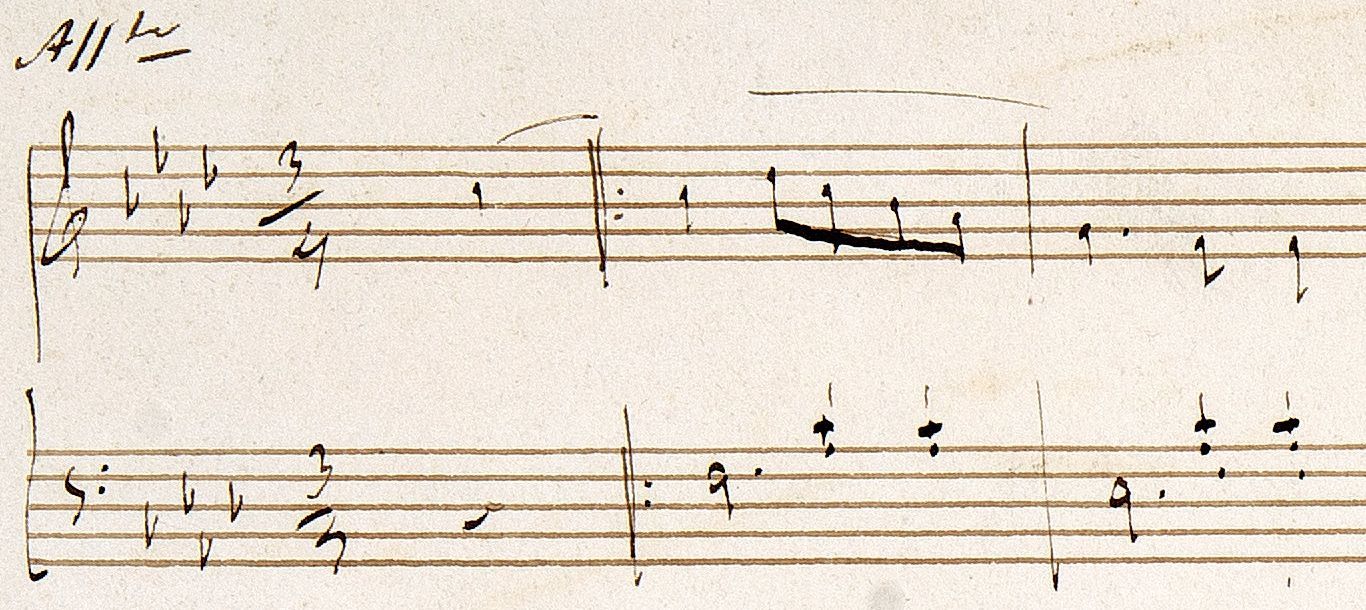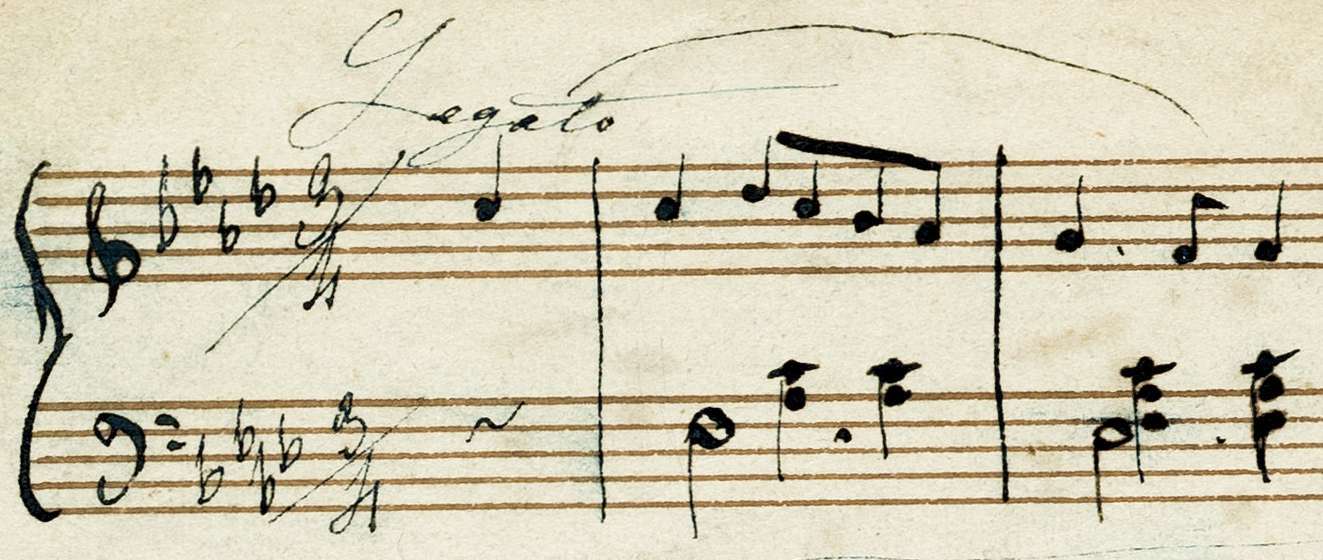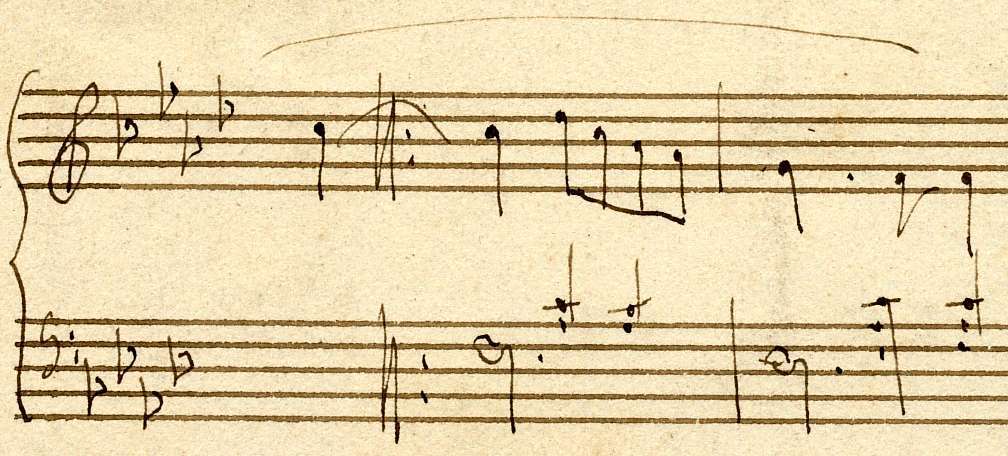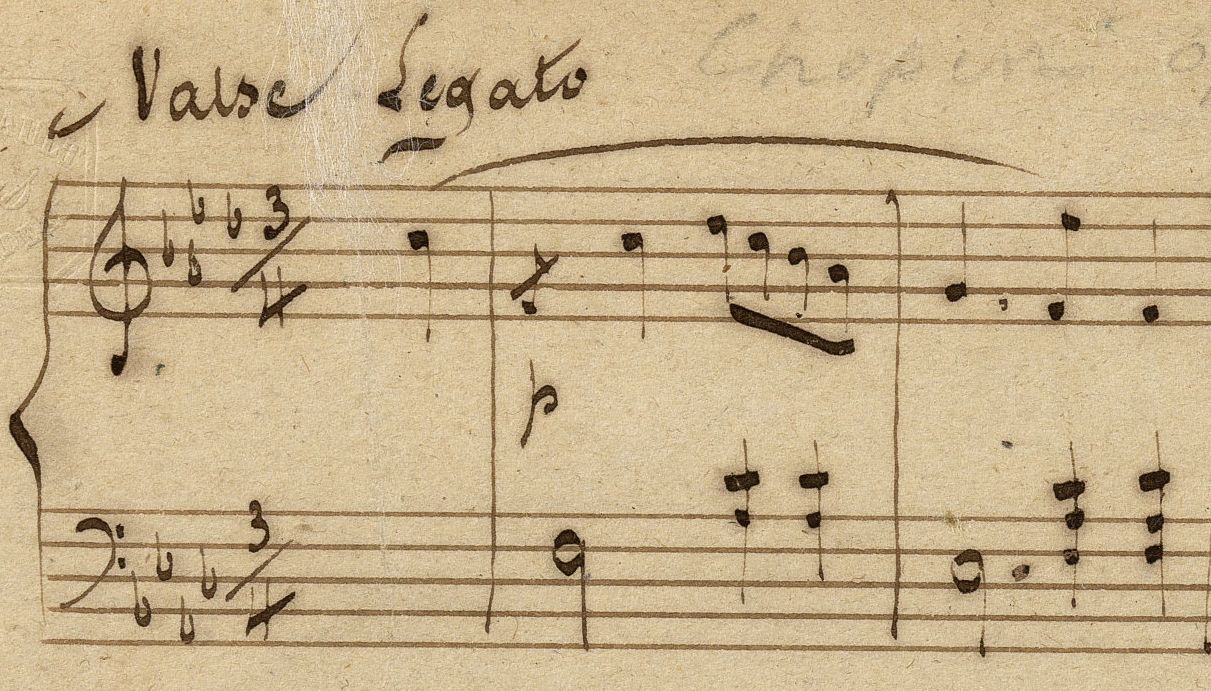



AO - Autograph Oury
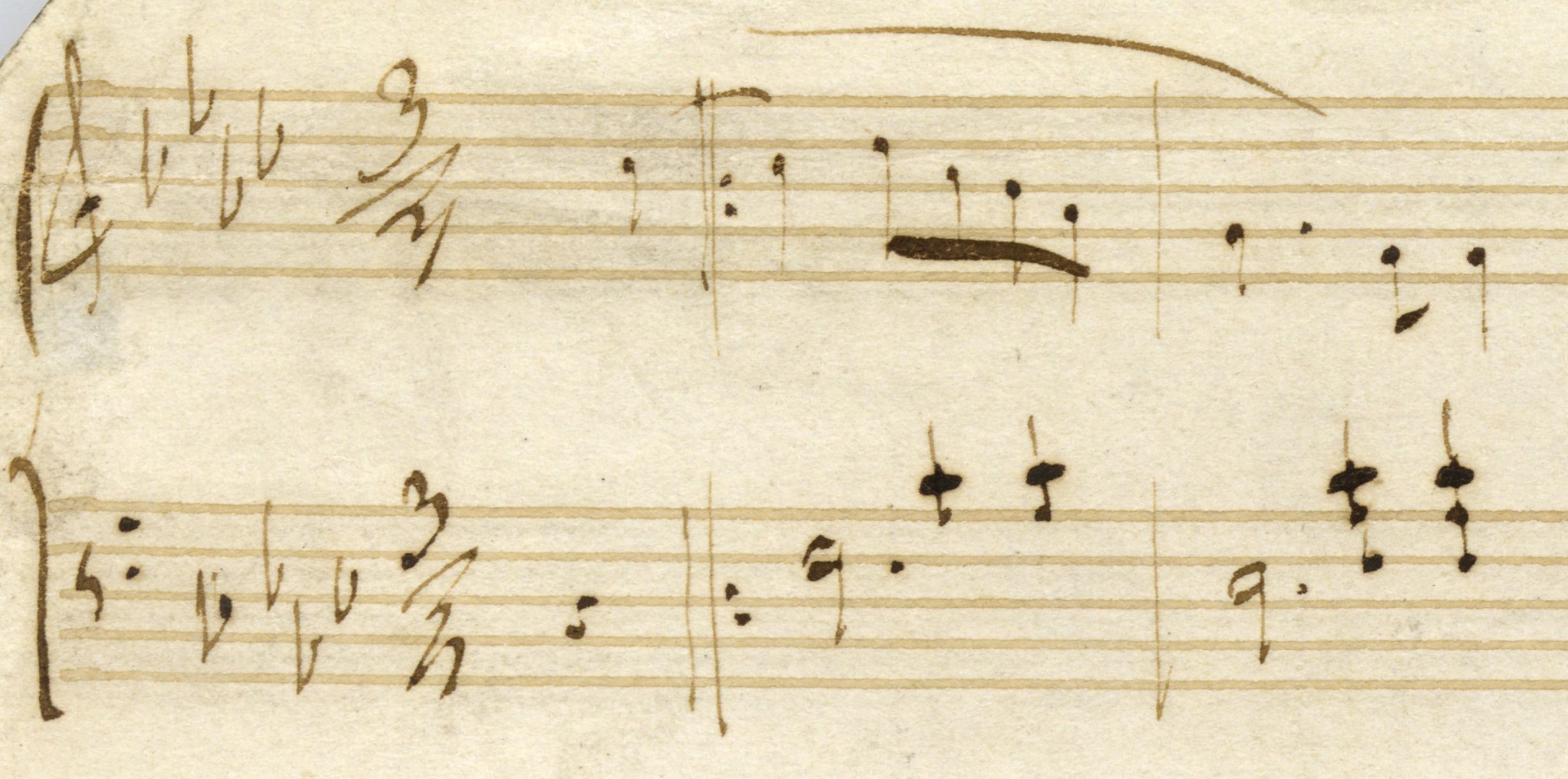
Autograph of 10 XII 1842 with dedication for Anne-Caroline de Belleville-Oury. The principal source for the Waltz's edition.
AR - Autograph Rotschild
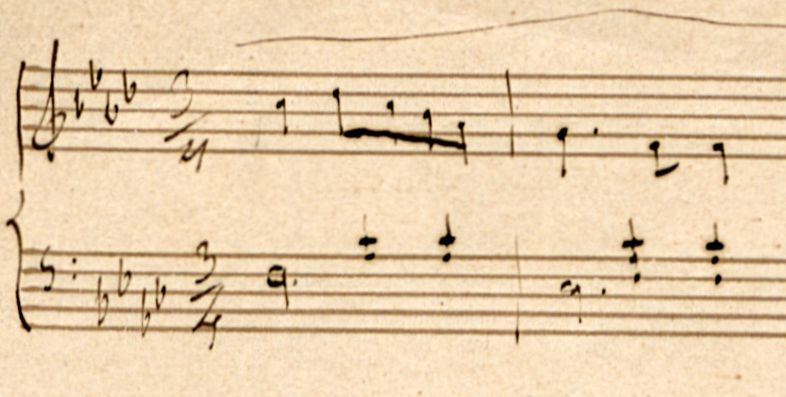
Autograph from the Rotschild family's legacy. No dating or dedication. It could be a pupil's copy.
AE - Autograph Eszterhazy
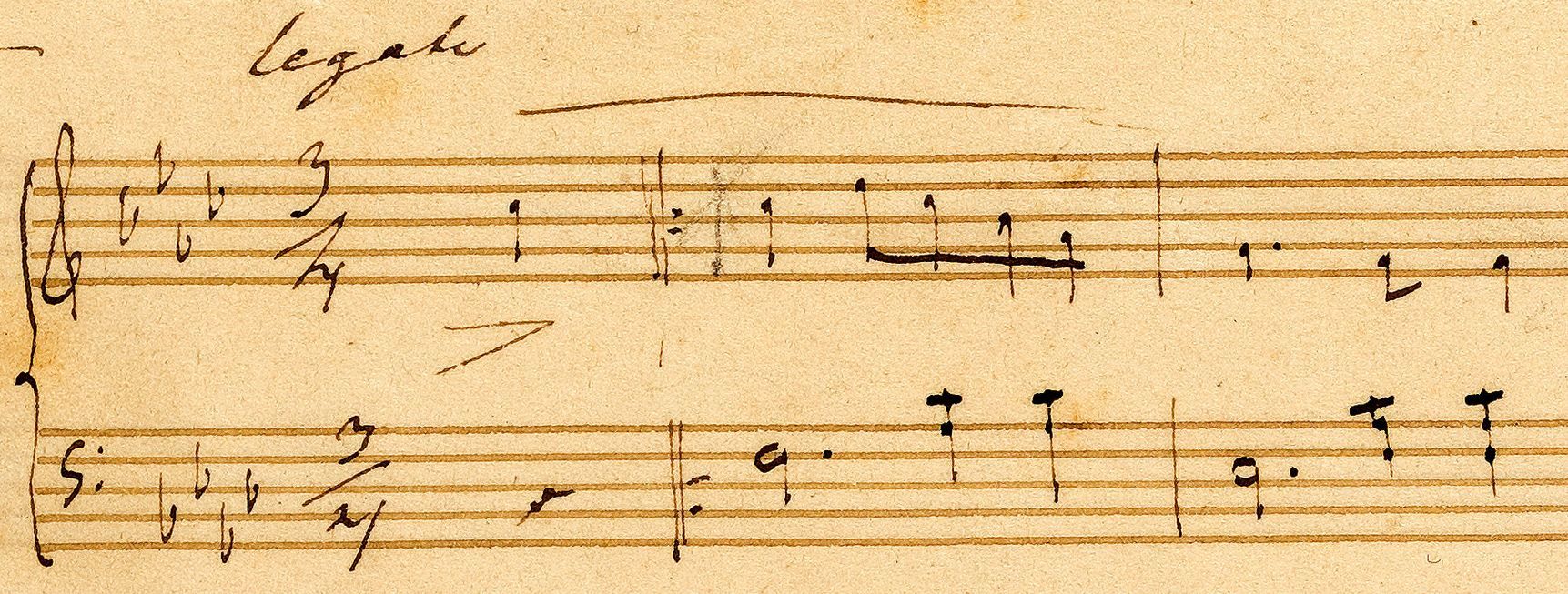
Autograph given to Countess Eszterhazy, most probably a pupil's copy.
AK - Autograph Krudner
AG - Autograph Gavard
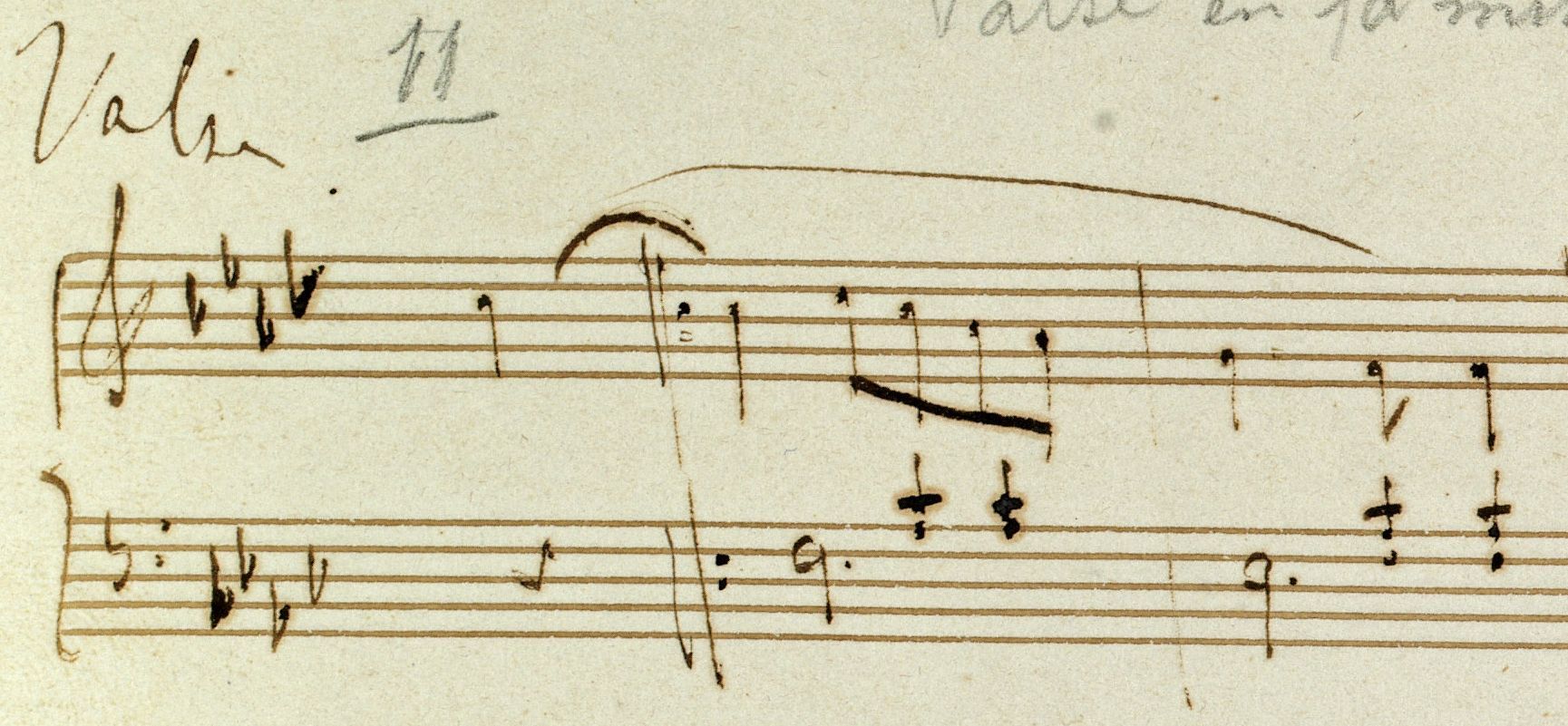
Autograph given to Elise Gavard. It contains a relatively high number of corrections and crossings-out and the greatest number of performance indications.
CX - Copy of Autograph Eszterhazy
CY - Copy of Autograph Gavard
CC - Czartoryscy copy
F - Fontana Version
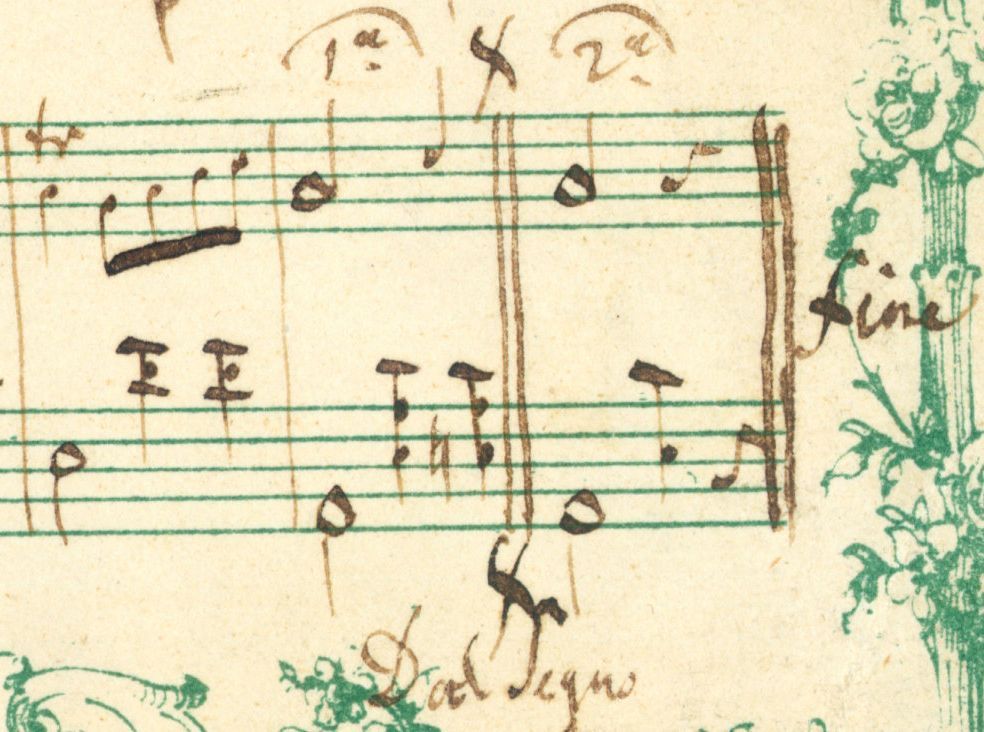
FC - Fontana copy, the only preserved part is the second page, from bar 24; the manuscript differs significantly from Chopin autographs
PE - Polish edition, J. Wildt, Cracow, 1852
FEF - Fontana's French edition, J. Meissonier Fils, Paris, VII 1855, editorial number J.M. 3527
GEF - Fontana's German edition, A.M. Schlesinger, Berlin, VII 1855, editorial number S. 4396
Filiation of sources
Of the five extant autographs of this Waltz only two are dated. This makes it impossible to establish their chronology and difficult to specify their mutual relations. Statistical analysis of the 46 places in which the autographs differ from one another (discounting slurring and other sporadic performance markings), allows us to draw the following conclusions:
- the autograph offered to Mme Oury—AO—contains the elements that form the most stable part of Chopin’s conception of this Waltz: in 43 of the 46 places analysed, its version is confirmed by at least one other autograph;
- the autograph dedicated to Mlle Gavard—AG—contains the greatest number of elements belonging, within this conception, to the area of dynamic changeability: in as many as 21 places it has versions that are different from those of the other autographs;
- AO and AK are the two texts closest to one another, which accords with the difference of barely two days between the dates of their dedications; the second such pair comprises AR and AE.
A separate case is the version of the Waltz contained—with minor discrepancies—in Fontana’s copy (CF) and edition (FEF and GEF) and in the Wildt edition (PE). This differs considerably from the versions of (all) the autographs, and the authenticity of certain elements raises serious doubts (e.g. the lowered bass line in bars 6-8 or the bass-note extensions in bars 13-17, which give an unplayable span). We may assume that Fontana had at his disposal some working autograph written in short, from which he made several copies, supplementing out of necessity, as he saw fit, places that were difficult or impossible to decipher. The extant fragment would have been one of these copies, while the others could have served as the base text for the above-mentioned editions.

